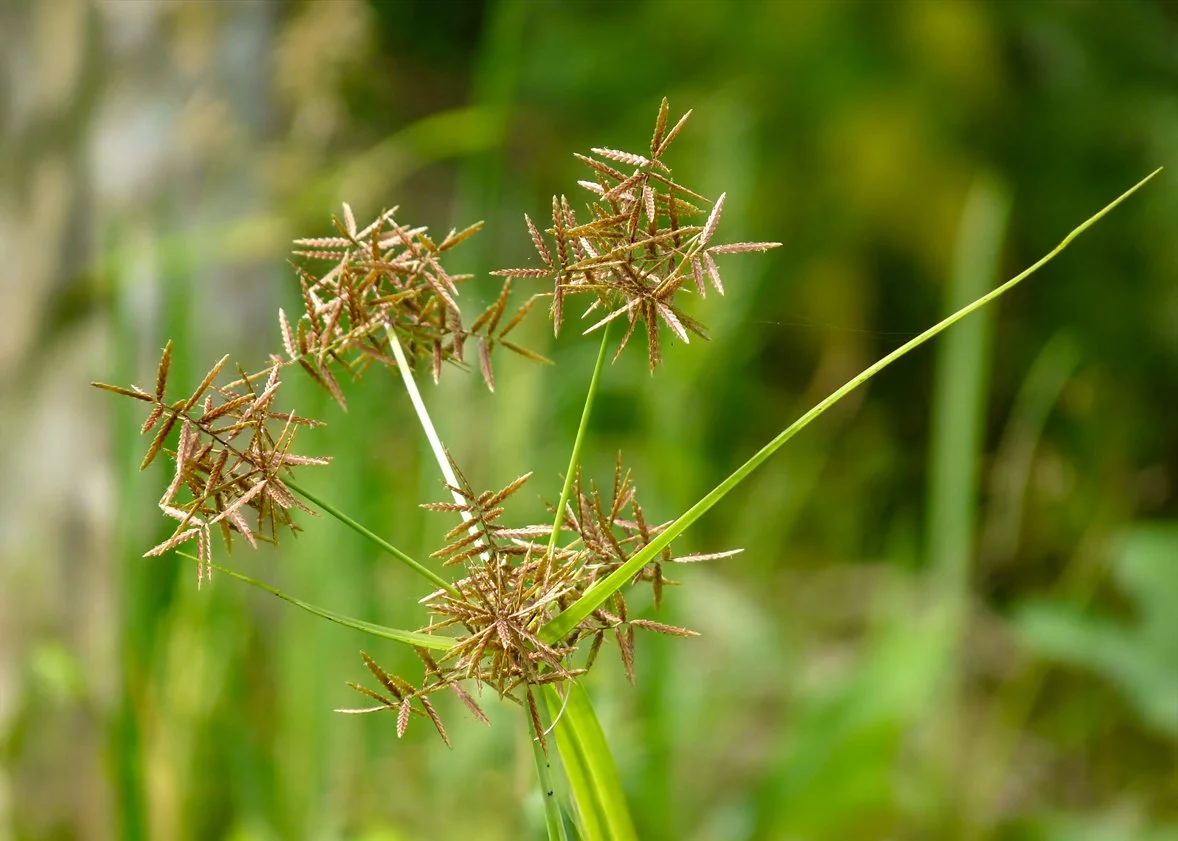Caring for New Turf in Canberra: My First 8-Week Establishment Guide
G’day, Nikolai here from The Lawn Firm. Laying new turf is exciting, but the first 6–8 weeks decide whether you end up with a dense, easy lawn or a patchy headache.
Most online guides are general for “Australian lawns”. This one is specific to Canberra and the ACT – clay soils, sharp seasons, and local water rules included.
Below is the same step-by-step plan my team and I use on new lawns across Canberra.
Before the turf goes down: get the base right
You might already have turf installed, but if you’re still in planning, this is the foundation I aim for:
Old grass and weeds removed (not just scalped)
Soil loosened 100–150 mm so roots can drive down
Obvious low spots filled to avoid puddles
Soil raked level with a fine, even surface
A flat, firm-but-not-hard surface lets turf sit tight against the soil, which is vital for early root contact.
If you’re unsure about the base, that’s where our renovation and prep work come in.
Day 0: Laying day checklist
Once the turf arrives, the clock starts.
1. Lay and press
Lay slabs in a brick pattern, staggering joins
Push edges together with no gaps
Use a roller or firm foot pressure to press slabs into the soil so there are no air pockets
2. First watering (Canberra water rules in mind)
Under Canberra’s Permanent Water Conservation Measures, you can:
Use a hand-held hose with a trigger nozzle, bucket or watering can at any time
Use sprinklers or irrigation only before 9am and after 6pm from 1 September to 31 May
My approach on laying day:
Give the new turf a thorough soak straight away, using a trigger nozzle or sprinkler within the allowed times
Aim to wet the soil under the turf, not just the leaves
Stop before you see pooling or runoff (which is banned under PWCM)
The slabs should feel heavy and damp through, and the soil underneath should be moist.
Week 1–2: Keep it constantly moist, not soggy
This is the critical rooting phase. The turf is alive, but roots are shallow.
Watering
Most national guides suggest watering at least once daily for the first 10–14 days for new turf.
In Canberra, I adapt that to:
Daily watering in the morning (within PWCM times if using sprinklers)
Use a hand-held hose with a trigger nozzle for short, targeted top-ups during the day if edges start to dry
In hot, dry or windy weather, a second light soak in late afternoon may be needed
Key goal: the soil under the turf should stay consistently damp, never bone dry and never swampy.
Foot traffic
For these first two weeks:
Keep traffic off as much as possible
Use boards if you must cross the lawn for any reason
No pets, no kids’ games, no wheelbarrows on the new turf
Mowing
Do not mow yet.
Wait until you feel resistance when you try to lift a corner and the grass has reached 5–6 cm.
Week 3–4: First mowing and watering changes
By now, the roots should be starting to grab.
Tug test and first mow
Check a few spots:
Gently lift a corner of the turf
If it holds firmly, the roots have started to knit in
For the first mow:
Make sure the soil is firm and not waterlogged
Set the mower high – just take the tips off
Use sharp blades so you cut, not tear
If the mower leaves ruts or lifts turf, stop and wait another week.
Adjust watering
Once roots have started to establish:
Shift from light, frequent surface watering
Move towards slightly deeper, less frequent watering
For most Canberra conditions in this stage, that means every 1–2 days, depending on weather and soil
You are training roots to chase water down, not sit at the surface.
Fertilising (light and careful)
Most expert guides suggest waiting around 4–6 weeks before feeding new turf, to avoid burning or stressing it.
Towards the end of week 4:
If colour is pale and growth has started, a light, balanced feed can help
Avoid heavy nitrogen “push” at this stage, especially in heat
Week 5–8: Transition to a normal program
Your lawn should now be moving from “fragile” to “settling in”.
Watering schedule
In this phase I aim to move clients towards a normal deep-watering pattern, tied to Canberra’s climate and PWCM:
Deep soak 1–2 times per week in the growing seasons, rather than daily splashes
Always water early morning where possible
Use a wetting agent if you see water beading or running off certain patches (hydrophobic soil is common here)
Mowing pattern
From the first cut onwards:
Never remove more than one-third of the leaf at a time
Maintain a steady height suited to your turf type (e.g. Buffalo higher, Couch lower)
Keep blades sharp and avoid mowing when the soil is still very soft
Regular, gentle mowing encourages lateral growth and thickens the sward.
Fertilising program
Somewhere in weeks 4–6:
Apply a balanced fertiliser at the recommended rate for an even, steady green-up
Water it in within PWCM rules, avoiding runoff
From here, you can line up with my broader seasonal fertilising plan for Canberra lawns.
Seasonal tweaks for new turf in Canberra
New turf laid in spring
Ideal window: soil is warming, days are longer
Growth is strong, so turf knits quickly
Watch for early weeds; remove by hand and avoid herbicides until the lawn is well established
New turf laid in summer
Heat and dry winds are the main threat
Daily watering in the early morning, with extra light top-ups via trigger nozzle on extreme days
Wetting agent and shaded play areas help reduce stress
New turf laid in autumn
One of my favourite windows in Canberra
Cooler days and more stable moisture make establishment smoother
Aim to get strong root growth in before winter slows everything down
New turf laid in winter
Growth is slower, especially for warm-season grasses
Watering demand is lower, but do not let it dry out
Be patient: you may not see strong top growth until spring, but roots will still slowly develop
Weed, pest, and disease checks in new turf
Weeds
Expect a few weed seeds from the soil to appear
In the first 6–8 weeks, hand remove rather than reach for herbicides; most national guides echo this.
Pests
Watch for birds digging, spongy patches, or sudden die-off – signs of grubs or black beetle
If you see anything odd, I’d rather assess before any treatment goes down
Disease
Avoid night watering and overwatering – this keeps leaves wet and encourages disease
If you see brown circles, orange dust, or coin-sized spots, refer to our lawn disease guide or get me out to check it
Common mistakes we fix on new Canberra lawns
I see the same patterns again and again:
Mowing too early – roots tear, slabs shift, and recovery slows
Watering little and often for months – roots stay shallow and the lawn fails in heat
Ignoring the edges – they dry out first and start browning early
Heavy fertiliser in week 1–2 – scorched patches and uneven growth
High traffic in the first month – compression and wear before the roots are ready
Avoid those, and you’re well ahead of most DIY attempts.
DIY or leave it to The Lawn Firm?
You can follow this guide step by step yourself. If you’re happy to:
Watch watering closely within Canberra’s water rules
Time your first mow and early feed
Keep traffic off and deal with early weeds
…you’ll get good results.
If you’d rather skip the risk and the guesswork, this is exactly the kind of job my team and I handle every week:
Assess and improve soil and levels before turf goes down
Set up a Canberra-appropriate watering plan that stays inside PWCM
Handle early fertilising, wetting agents, and checks
Fix issues fast if pests, weeds, or disease appear









